Link :
Researchers have developed a new electrically active biomaterial that can be transplanted into the body to improve recovery following central nervous system injuries. The material acts as a scaffold that also provides electrical stimulation.

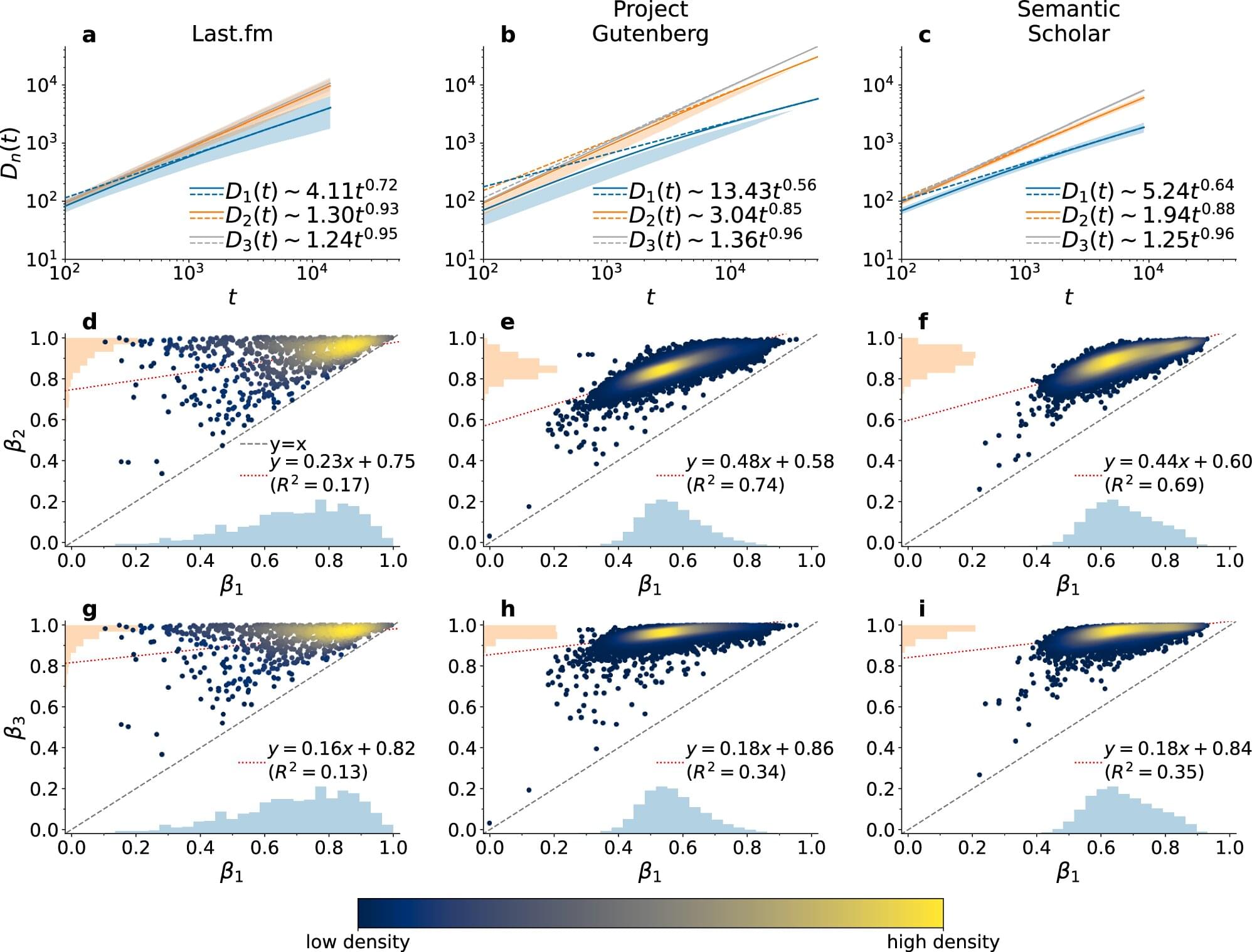
A new study in Nature Communications explores the dynamics of higher-order novelties, identifying fascinating patterns in how we combine existing elements to create novelty, potentially reshaping our understanding of human creativity and innovation.
Novelties—a common part of human life—refer to one of two things. The first is the discovery of a single item, like a place, song, or an artist. The second covers discoveries new to everyone, such as technological developments or drug discoveries.
The researchers in this study aimed to understand how both kinds of novelties emerge. The team was led by Prof. Vito Latora from the Queen Mary University of London, who spoke to Phys.org about the work.
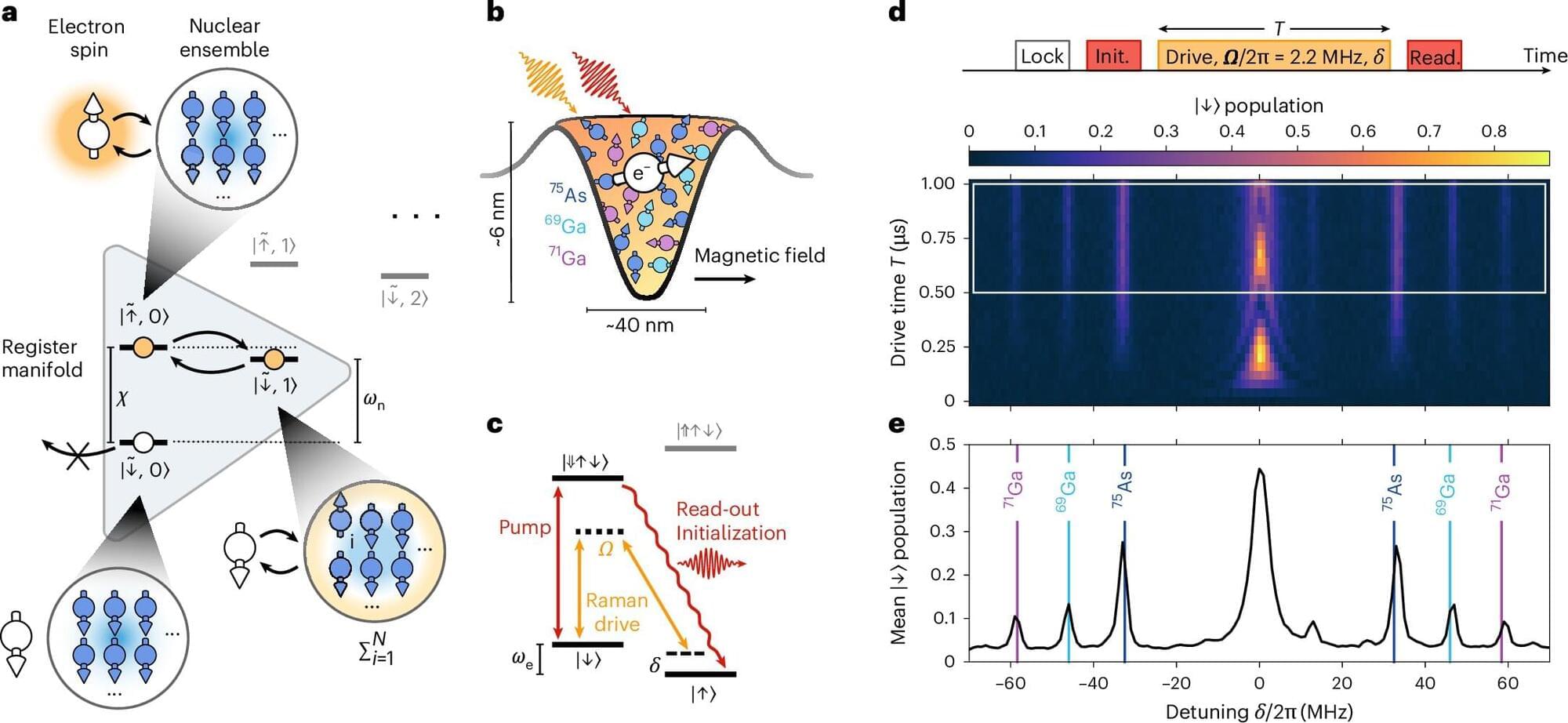
In an advance for quantum technologies, researchers at the Cavendish Laboratory, University of Cambridge, have created a functional quantum register using the atoms inside a semiconductor quantum dot.
Published in Nature Physics, the work demonstrates the introduction of a new type of optically connected qubits—a critical advance in the development of quantum networks, where stable, scalable, and versatile quantum nodes are essential.
Quantum dots are nanoscale objects with unique optical and electronic properties that come from quantum mechanical effects. These systems are already used in technologies like display screens and medical imaging, and their adoption in quantum communication has been mostly due to their ability to operate as bright single-photon sources.

At Texas A&M University, one research lab is changing the game of droplet microfluidics, a technique that involves conducting experiments in nanoscale droplets of liquid in a controlled environment. The team has developed a system that makes droplet microfluidics faster, lower cost, and more accurate.
Dr. Arum Han, the Texas Instruments Professor in the Department of Electrical and Computer Engineering, and his lab associates created a technology named NOVAsort (Next-generation Opto-Volume-based Accurate droplet sorter), a system that allows high throughput screening of molecules and cells at significantly reduced error rates.
Whereas previous research has focused on increasing the speed of assays (a type of laboratory test), the team’s findings, which are published in Nature Communications, are among the first to significantly improve accuracy without compromising the speed of assays.
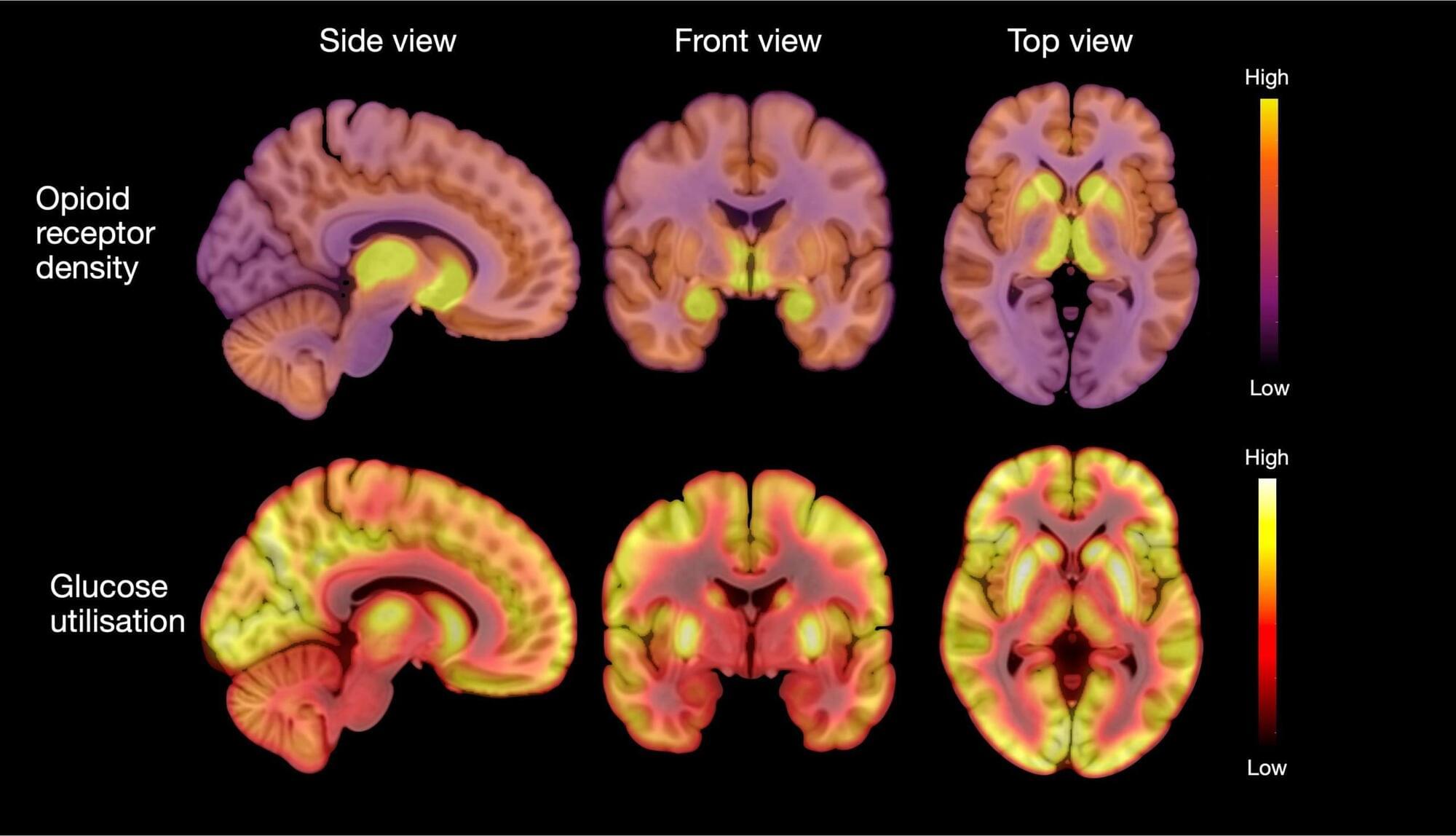
New research found that individuals with anorexia nervosa have elevated opioid neurotransmitter.
A neurotransmitter is a chemical substance that transmits signals across a synapse from one neuron to another in the nervous system. These chemicals play a crucial role in the functioning of the brain and body, influencing everything from mood, sleep, and learning to heart rate, anxiety, and fear. Common neurotransmitters include dopamine, serotonin, acetylcholine, and norepinephrine. They bind to specific receptors on the surface of neurons, triggering various physiological responses and allowing for the communication that underpins all neural activities. Imbalances in neurotransmitter levels can lead to neurological disorders or mental health issues, making them a central focus of study in both medicine and psychology.
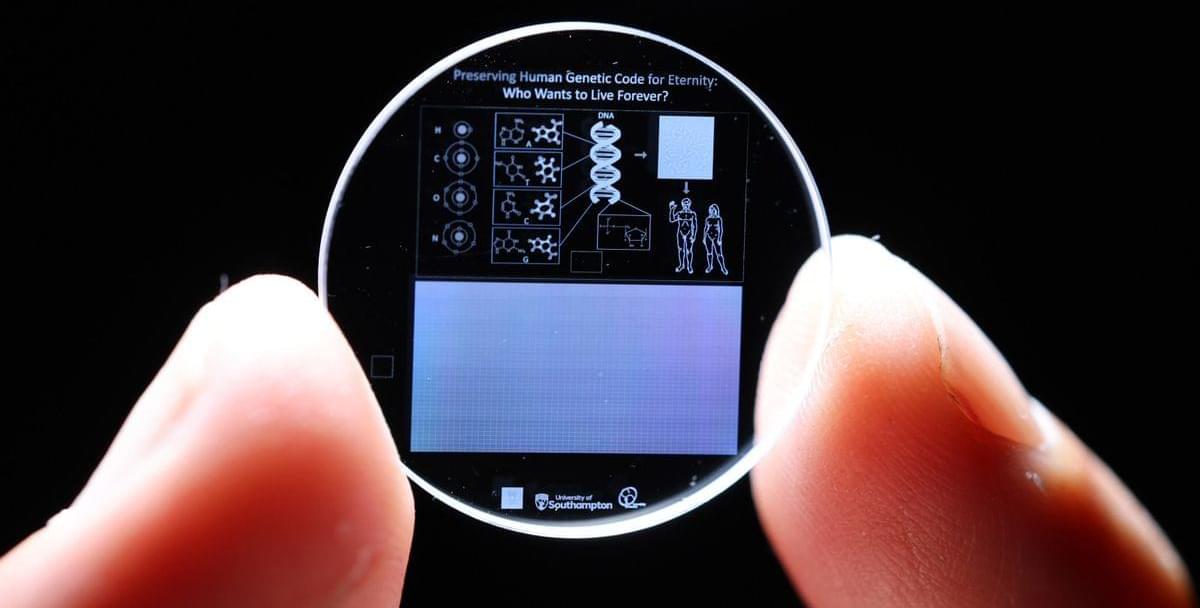
The data inscribed into the crystal is carefully annotated with universal elements like hydrogen, oxygen, carbon, and nitrogen, as well as the four DNA bases—adenine, cytosine, guanine, and thymine—that make up the genetic code. Additionally, the molecular structure of DNA and the arrangement of genes within chromosomes are depicted, offering clear instructions on how to interpret the genetic information stored within.
However, it is important to note that the 5D memory crystals require a highly specialized skill set and advanced equipment to inscribe and read the data stored within the crystals, so those looking to re-establish the human race after an extinction event may have to refer to more traditional means.
The crystal, made from fused quartz, is one of the most chemically and thermally resilient materials known on Earth, and can endure temperatures as high as 1000°C, resist direct impact forces up to 10 tons per square centimeter, and is unaffected by long-term exposure to cosmic radiation. The longevity and storage capacity of the 5D memory crystal earned it a Guinness World Record in 2014 for being the most durable data storage material ever created.
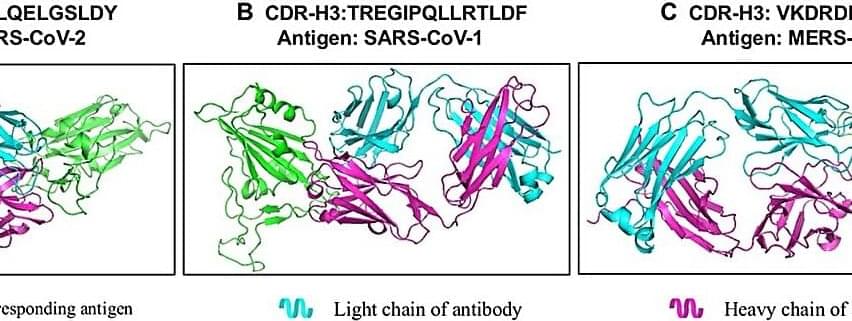
Researchers from Zhejiang University and HKUST (Guangzhou) have developed a cutting-edge AI model, ProtET, that leverages multi-modal learning to enable controllable protein editing through text-based instructions. This innovative approach, published in Health Data Science, bridges the gap between biological language and protein sequence manipulation, enhancing functional protein design across domains like enzyme activity, stability, and antibody binding.
Proteins are the cornerstone of biological functions, and their precise modification holds immense potential for medical therapies, synthetic biology, and biotechnology. While traditional protein editing methods rely on labor-intensive laboratory experiments and single-task optimization models, ProtET introduces a transformer-structured encoder architecture and a hierarchical training paradigm. This model aligns protein sequences with natural language descriptions using contrastive learning, enabling intuitive, text-guided protein modifications.
The research team, led by Mingze Yin from Zhejiang University and Jintai Chen from HKUST (Guangzhou), trained ProtET on a dataset of over 67 million protein–biotext pairs, extracted from Swiss-Prot and TrEMBL databases. The model demonstrated exceptional performance across key benchmarks, improving protein stability by up to 16.9% and optimizing catalytic activities and antibody-specific binding.

We could soon live to the age of 150, medics claim.
They say more of us will reach the massive milestone thanks to modern tech, new medicines and healthy living. Longevity medicine expert Dr Debonneuil said: If the current trend continues, we could see individuals living to 140 or 150 in good health.
While that might sound sensational, it’s grounded in science and the longevity field is booming because of these breakthroughs.” Dr Debonneuil spoke after a first-of-its-kind study, Rejuvenation Olympics, produced promising anti-ageing results. He continued: “One of the guys taking part is in his 60’s but biologically he resembles someone in their later 30’s.

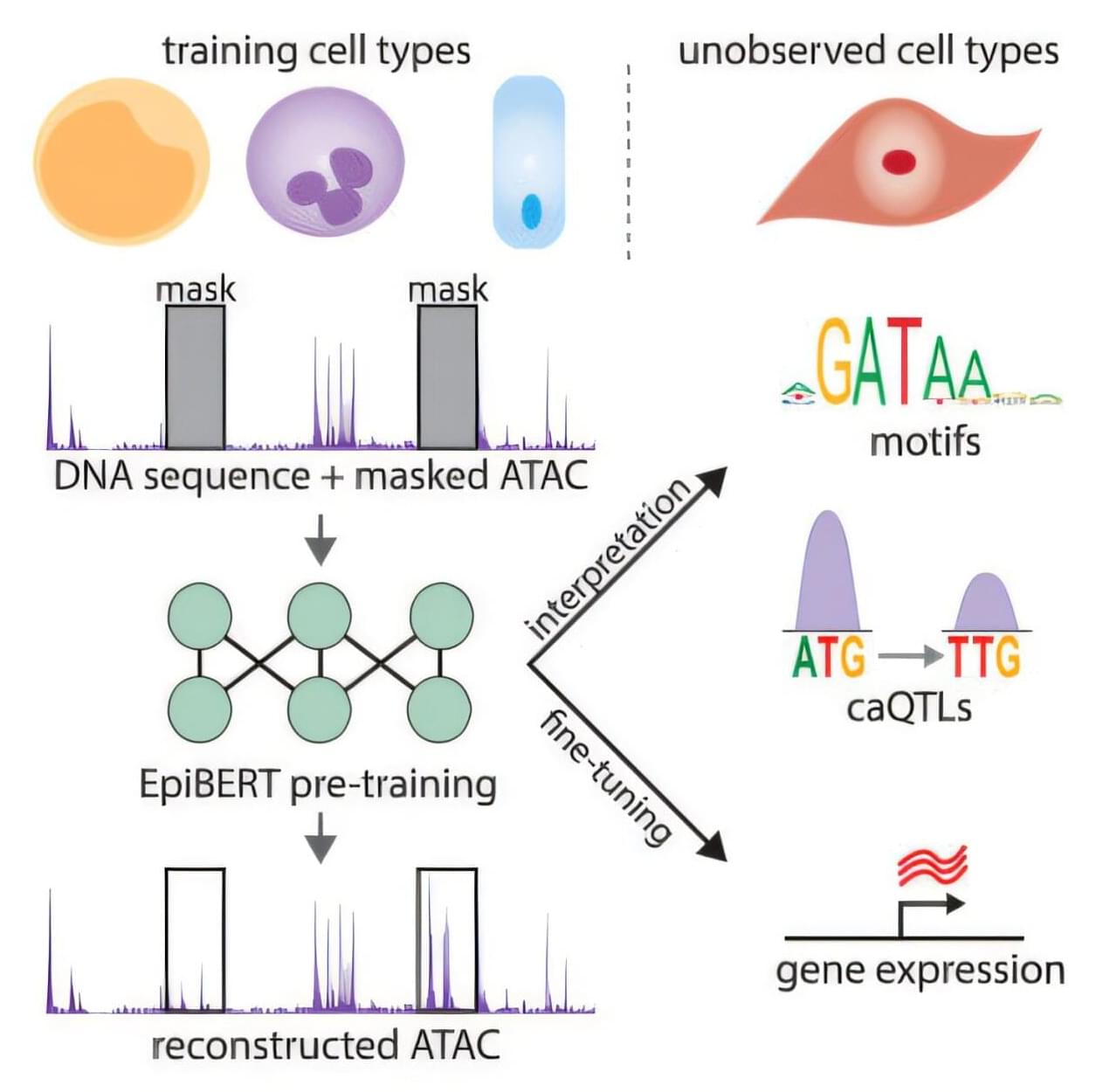
A team of investigators from Dana-Farber Cancer Institute, The Broad Institute of MIT and Harvard, Google, and Columbia University have created an artificial intelligence model that can predict which genes are expressed in any type of human cell. The model, called EpiBERT, was inspired by BERT, a deep learning model designed to understand and generate human-like language.
The work appears in Cell Genomics.
Every cell in the body has the same genome sequence, so the difference between two types of cells is not the genes in the genome, but which genes are turned on, when, and how many. Approximately 20% of the genome codes for regulatory elements determine which genes are turned on, but very little is known about where those codes are in the genome, what their instructions look like, or how mutations affect function in a cell.